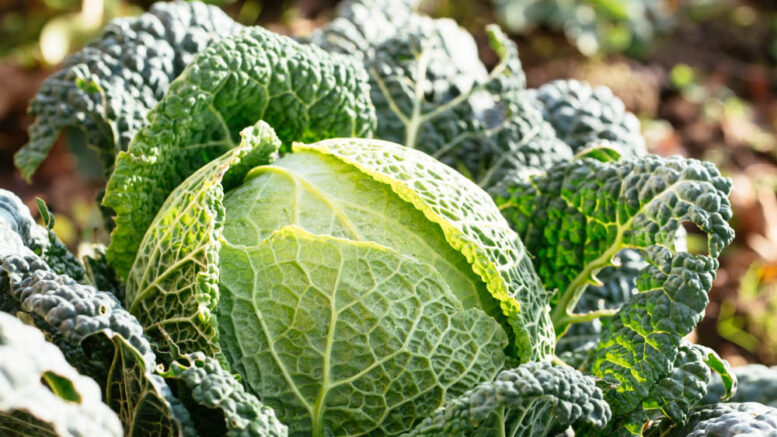Choosing the Right Location for Savoy Cabbage
When selecting a location for growing Savoy cabbage, it is crucial to consider the amount of sunlight the area receives. Savoy cabbage thrives in full sun, requiring at least six to eight hours of direct sunlight each day. This ensures that the plants have enough energy to grow robustly and develop their characteristic crinkled leaves. If your garden has limited sun exposure, consider planting in a spot that receives the most sunlight during the day or using reflective materials to increase light availability.
Another important factor in choosing the right location is the climate. Savoy cabbage prefers cooler temperatures, making it ideal for spring and fall planting in most regions. In areas with mild winters, it can even be grown as a winter crop. Avoid planting in locations that are prone to extreme heat, as this can cause the cabbage to bolt, leading to poor head formation and reduced quality.
Soil drainage is also a key consideration when selecting a site for Savoy cabbage. The plants require well-drained soil to prevent waterlogging, which can lead to root rot and other diseases. If your garden has heavy clay soil, consider amending it with organic matter such as compost or well-rotted manure to improve drainage. Alternatively, raised beds can be an excellent solution for ensuring proper drainage.
It’s important to consider the history of the planting site as well. Avoid planting Savoy cabbage in areas where other brassicas, such as broccoli or cauliflower, have been grown in the past two years. This practice helps prevent the buildup of soil-borne diseases and pests that can affect cabbage plants. Rotating crops and choosing a fresh location each season can significantly improve plant health and yield.
Finally, consider the proximity to water sources when choosing a location for your Savoy cabbage. Consistent moisture is essential for healthy growth, so having easy access to water for regular irrigation is beneficial. Drip irrigation systems or soaker hoses can be particularly effective in providing the consistent moisture that Savoy cabbage needs without over-saturating the soil.
Preparing Soil for Optimal Savoy Cabbage Growth
Preparing the soil properly is a critical step in ensuring the successful growth of Savoy cabbage. Start by testing the soil pH, as Savoy cabbage prefers a slightly acidic to neutral pH range of 6.0 to 7.0. If the soil is too acidic, consider adding lime to raise the pH. Conversely, if the soil is too alkaline, sulfur can be used to lower the pH. Adjusting the pH to the optimal range will enhance nutrient availability and promote healthy plant development.
Incorporating organic matter into the soil is essential for improving its structure and fertility. Adding well-rotted compost or aged manure will increase the soil’s nutrient content and enhance its ability to retain moisture. Spread a layer of organic matter over the planting area and work it into the top 6 to 8 inches of soil using a garden fork or tiller. This process will create a rich, loamy soil that supports vigorous cabbage growth.
Ensuring adequate soil drainage is another important aspect of soil preparation. If your garden soil is heavy and compacted, consider creating raised beds to improve drainage and aeration. Raised beds allow excess water to drain away from the roots, reducing the risk of root rot and other water-related issues. Additionally, raised beds can warm up more quickly in the spring, providing an earlier start for your Savoy cabbage plants.
Before planting, it’s beneficial to incorporate a balanced fertilizer into the soil to provide essential nutrients. A fertilizer with an N-P-K ratio of 10-10-10 or similar is suitable for Savoy cabbage. Apply the fertilizer according to the manufacturer’s instructions, and mix it thoroughly into the soil. This will ensure that the plants have access to the nutrients they need for strong growth and development throughout the growing season.
Finally, consider implementing a mulching strategy to conserve soil moisture and suppress weeds. Apply a layer of organic mulch, such as straw or shredded leaves, around the base of the plants after they are established. Mulching helps maintain consistent soil moisture levels, reduces temperature fluctuations, and minimizes competition from weeds, all of which contribute to healthier and more productive Savoy cabbage plants.


Be the first to comment on "Growing Savoy Cabbage: A Comprehensive Guide"